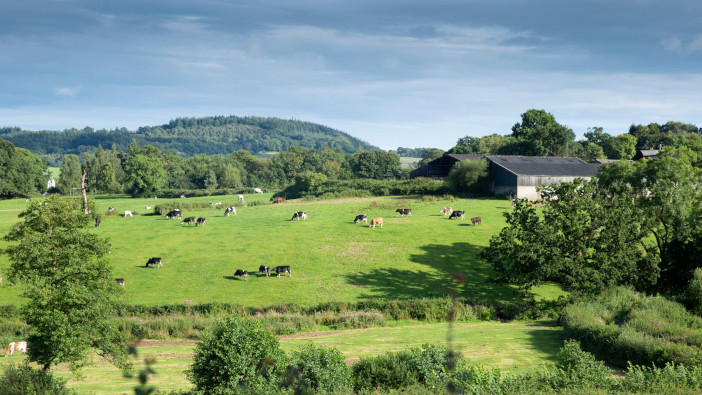A new survey conducted by KW Feeds has revealed that 74% of responding dairy farmers believe that the milk price is not keeping up with higher input costs, with 62% aiming to take advantage of more grazing to control feed costs.
Responding companies varied in size from 25 head of cattle, up to 1,500, with an average of 301 head. 64% said that they were aiming to use less fertiliser this year, however, 68% said that they expected to utilise the same amount of forage.
To achieve the same milk yield, 52% said that they were planning to extend their forage with feeds, with 78% looking at moist feeds.
“The soaring production and input costs have put more pressure than ever before on dairy producers to control feed and input costs, with many looking to extend the grazing season and make more use of forage,” said Georgie Croxford, head of ruminant technical at KW Feeds.
According to Ms Croxford, feeding with grass introduces a different series of challenges, not least estimating the nutritional value and supply, to maintain cow performance.
“Too often the desire to exploit low-cost grass leads to over-estimates of its feed value and dry matter intake, leading to reduced performance, especially in early lactation/higher yielding cows, as well as poorer health and fertility,” she said.
“It is important to be realistic about what can be achieved from grazed grass alone. It is fully understandable that producers want to take advantage of more grazing and extend the use of forage, but if they plan to maintain the same yield, or indeed increase their yield aspiration as in the case of 16% of our respondents, then it is important to remember that grass is not a complete feed on its own.”
With 62% grazing their herds, and over half of these using a buffer feed with compound to supplement the grass, Ms Croxford highlights the need to use suitable complementary feeds.
“As our producers obviously recognise, moist feeds add palatability to buffer rations, which can help lift intakes. Another method to get more from your forage is to look at pre-treatments such as VistaPre-T, a fermentation extract that directly impacts fibre usage, which can be formulated into the ration to get more energy from homegrown forage,” said Ms Croxford.
“The survey clearly underlines producer attitudes to increased input costs, and our advice is to speak to your nutritionist to make sure you are making the most out of grazed grass and make more use of forage. Don’t over-estimate the feed value of grass and dry matter intakes,” she concluded.


